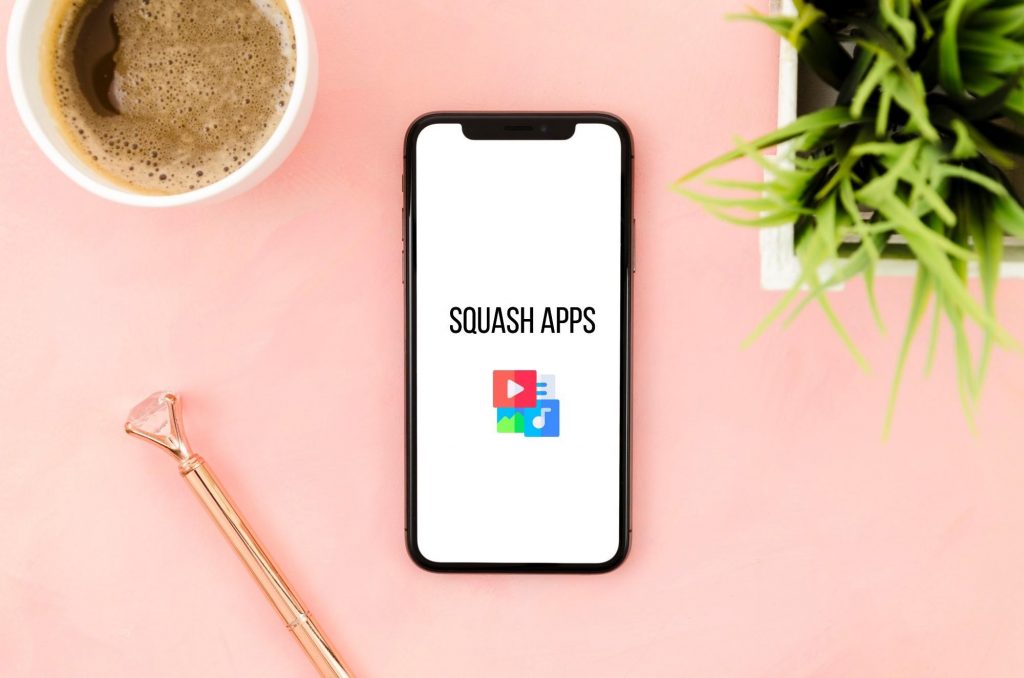Creating an iOS app design that drives conversions is about creating a user experience that is both intuitive and visually appealing. So it is crucial to pay heed to create high-quality screen designs that are easy to navigate.
It is also important to use colors and fonts that are easy on the eyes and provide a level of contrast that makes it easy for users to find the information they are looking for.
Finally, it is important to ensure that all buttons and call-to-action elements are visible and easily accessible. You can now effectively create an iOS app design process that is conversion-friendly. Read on to know more additional details:

What’s the first thing you notice when opening a new app? If you’re like most people, it’s the design. The colors, layout, and overall aesthetic all influence our first impression of an app.
And that first impression can be make-or-break when it comes to conversions. After all, if an app doesn’t look appealing, users are less likely to stick around long enough to use it.
How many design patterns are there in iOS?
There are 23 design patterns in iOS. Apple has documented these patterns in its Human Interface Guidelines.
There are three categories of design patterns in iOS:
1. Creational,
2. Structural and
3. Behavioral.
- The creational patterns include Singleton, Abstract Factory, Builder, and Prototype.
- The structural patterns include Adapter, Bridge, Composite, Decorator, Facade, Flyweight, and Proxy.
- The behavioral patterns include Chain of Responsibility, Command, Interpreter, Iterator, Mediator, Memento, Observer, State, Strategy, and Template Method.
Each design process solves a problem commonly occurring when designing iOS applications. Our professional app developers can build more sophisticated and user-friendly apps by understanding and utilizing these patterns.
So how can you create an iOS app design that will help drive conversions?
Here are the top 8 essential tips you need to follow:
1. Keep it simple
One wrong step you can take with your mobile app development and design is stuffing too much into too small of a space. Remember that users need to be able to navigate your app quickly and easily, so don’t overwhelm them with too many visuals.
2. Use high-quality images and videos
Another way to make a good first impression is to use high-quality visuals in your app design. This means using photos and videos that are sharp and clear and that add value to the user experience.
Avoid using generic stock photos whenever possible; instead, opt for original visuals to help your app stand out from the rest.
3. Incorporate branding elements
Your app’s design should also reflect your brand identity in some way. This could mean using your company’s colors and logo in the app’s design or creating a unique style that aligns with your brand’s overall aesthetic.
Branding helps build trust with users, which is essential for driving conversions.
4. Pay attention to detail
Don’t forget to consider the smallest details in your app’s design. From the font selection to the spacing between elements can affect user experience, so take care to polish every aspect of your design before launch.

Freepik
5. Select the right color palette
Regarding app user interface design, choosing the right color palette is essential for driving conversions. Studies have shown that certain colors and background images can influence users’ emotions and behavior, directly impacting whether or not they decide to purchase.
For example, a tint color like yellow is often seen as optimistic and cheerful, making it a good choice for games or productivity apps.
When selecting a color palette, it’s important to consider the emotional response you want to evoke in your users. By picking the right shades, you can increase the likelihood of driving conversions and achieving your business goals.
6. Utilize iOS custom typography
Custom typography is an essential part of any iOS app design. Not only does it help to create a unique and branded look for your app, but it will play a significant role in conversion rates.
Typography is one of the first things that users will notice about your app, so it’s important to ensure that it reflects your brand’s overall tone and feel.
When used correctly, custom typography can be a powerful tool for driving conversions. By carefully choosing fonts and designing easy-to-read layouts, you can ensure that users are more likely to stay on your app and engage with your content.
Custom typography can differentiate success and failure in a competitive market like the App Store.
7. Take less space with the logo
When it comes to iOS app design, less is more. That’s because users want straightforward apps without much clutter or extra features. And when it comes to the app’s logo, taking up less space with basic shapes is essential for creating a design that drives conversions.
A smaller logo is easier to see and understand at a glance, making it more likely that users will remember your app and return to it. It also helps to create a sense of minimalism and simplicity that users find appealing.
So if you want to build an iOS app design that drives conversions, keep your logo small and uncluttered.
8. In-app navigation is important
User-friendly navigation is one of the most important elements of any iOS app design. After all, if users can’t find what they’re looking for, they’re unlikely to stick around for long.
When designing an app, it’s important to keep navigation in mind from the very beginning. That way, you can ensure that users can easily find their way around your app.
There are a few different things to consider regarding in-app navigation:
- First, you must decide which elements will be included in the navigation bar.
- Second, you need to choose an intuitive navigation structure that will make it easy for users to find what they’re looking for.
- And finally, you need to ensure that your navigation elements are properly labeled and placed so that users can find them easily.
You need to hire the best application developers to create an iOS application that drives conversions and traffic to the business.
Conclusion
Creating an iOS app design that drives conversions is essential for any business looking to increase sales through their mobile app.
We have the experience and expertise to help you create a stunning, user-friendly interface that encourages users to take action. Contact us today to learn more about our services and how we can help you drive conversions through your iOS app.
FAQs
1. Which framework is used for app development?
There are a variety of frameworks available for developing mobile apps. The most popular options are NativeScript and React Native. Both frameworks allow developers to create cross-platform apps deployed on iOS and Android devices.
2. What are Android frameworks?
There are four main Android frameworks, each with its features and purpose. The first is the Native Development Kit. The second is the Java Native Interface. The third is the Android Runtime, which provides a java virtual machine and core libraries for running Android applications. Finally, the Android Support Library provides a set of APIs for developers to use in their applications.

Parvin Khatun is a writer who works in Squash Apps is dedicated to providing high-quality content that can help clients get more visibility on the search engine results pages. She works hard to boost her clients’ online presence through her content writing services- she has experience in SEO content writing, she writes about website articles, technical articles, and many others.


